Carney's edge slips as Canada's election comes to a hectic end
Published in Political News
The Conservative Party chipped away at the lead held by Mark Carney’s Liberals in the final days of Canada’s election campaign, though surveys still point to a probable Liberal victory in Monday’s vote.
The Liberals’ estimated popular vote share was 41% in Abacus Data’s final likely-voter election model, released over the weekend, just two points ahead of the Conservatives. The polling company had reported a 5-point Liberal advantage on April 21.
The dominant ballot question for much of the 37-day campaign was which candidate will best stand up for Canada against aggressive trade actions from U.S. President Donald Trump — and voters prefer Carney on that issue, according to multiple surveys.
But the Conservatives, led by Pierre Poilievre, 45, have emphasized the need for a change in direction and policy for Canada after nearly 10 years of Liberal rule. When it comes to cost of living, housing and deficit control, voters tend to favor Poilievre, who has focused on pocketbook issues and highlighting the Liberals’ failures since he became leader in 2022. Abacus surveys suggest the “change vote” is higher now that it was earlier in April.
Dealing with Trump remained the No. 1 concern for over-60 voters, who typically vote more reliably than younger citizens. Conservatives, sensing their disadvantage, have been rolling out new television ads featuring older people saying they want to vote for change.
The leaders of the two major parties criss-crossed the world’s second-largest country multiple times since the election was called in late March, holding rallies, press conferences and shaking thousands of hands in battleground districts from the Ontario suburbs to the Vancouver region.
Carney, 60, running in his first ever election campaign, made several stops in the vote-rich Toronto region and in southern Ontario late last week, including a rally on Saturday that drew thousands of people to a hangar near Toronto’s Pearson International Airport. On Sunday, he made a dash to three western provinces — Saskatchewan, Alberta and British Columbia — seeking to shore up urban seats where the Liberals have chance to win.
However, a car ramming incident in Vancouver on Saturday night, which killed 11 people and injured dozens at a street festival, cast a shadow over the final day of canvassing. The tragedy prompted Carney to scale back his travel schedule to address the country and meet community leaders.
While the national vote is tight, the Liberals have an advantage under Canada’s first-past-the-post voting system. The Conservative vote share is boosted by huge majorities the party racks up in seats in Alberta, Saskatchewan and other places. Meanwhile, Liberal support tends to be spread wider and, in the past, that has resulted in winning more seats per vote.
Polls show the Liberal party is well in front in Quebec, which has 23% of the seats in the House of Commons, with a smaller lead in Ontario, which has about 36% of seats. The westernmost province, British Columbia, looks like a coin flip.
“While the race has tightened slightly in the final week, the Liberals’ vote efficiency in Ontario, Quebec, and Atlantic Canada puts them in a strong position to form government,” Abacus Chief Executive Officer David Coletto said in an emailed newsletter.
On Friday, another pollster, Leger, gave the Liberals 43% and the Conservatives 39%, two points closer than at the start of the election.
Carney, the former central banker who replaced Justin Trudeau last month, held a clear lead in surveys from major pollsters on the question of who Canadians would prefer as prime minister. He’s the only party leader with a net positive brand with voters, Coletto said.
The close race is a huge turnaround from where things stood at the end of last year, when the unpopular Trudeau was still in power. He announced his resignation on Jan. 6 after losing his finance minister and the support of much of his caucus.
Bettors on Polymarket were giving Carney a 77% chance of retaining the keys to the prime minister’s office as of Sunday night Ottawa time, down from more than 85% last week. However, the platform is barred in Ontario and shouldn’t be read as a direct guide to Canadian voting intentions.
©2025 Bloomberg L.P. Visit bloomberg.com. Distributed by Tribune Content Agency, LLC.

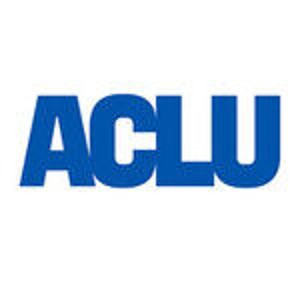
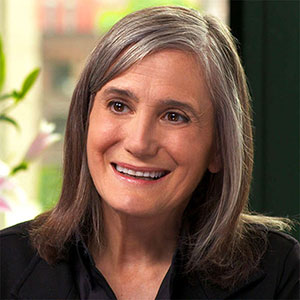
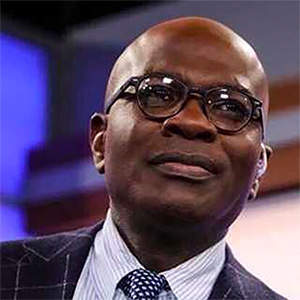


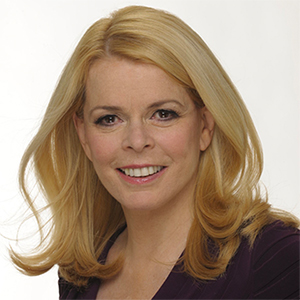

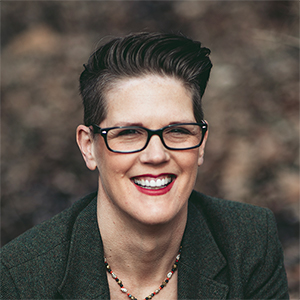
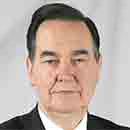








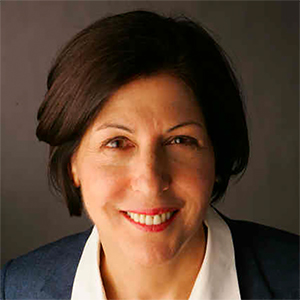

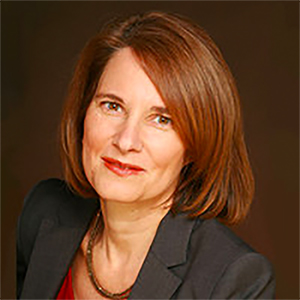




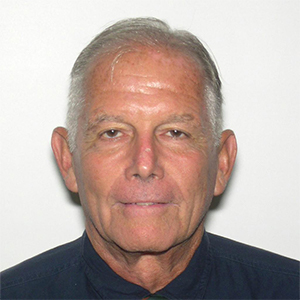



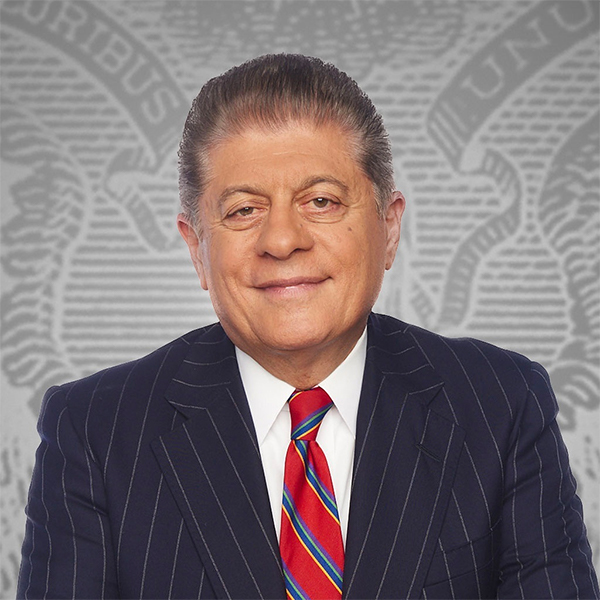
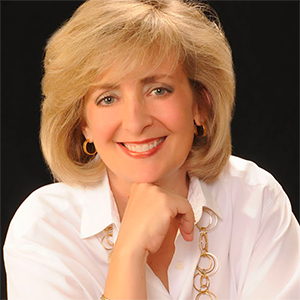


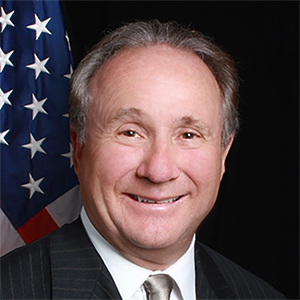
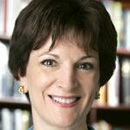
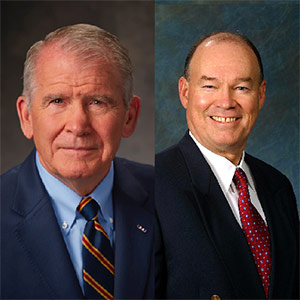






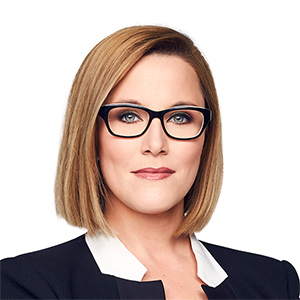



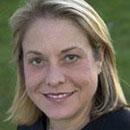











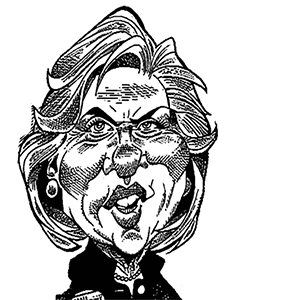

Comments